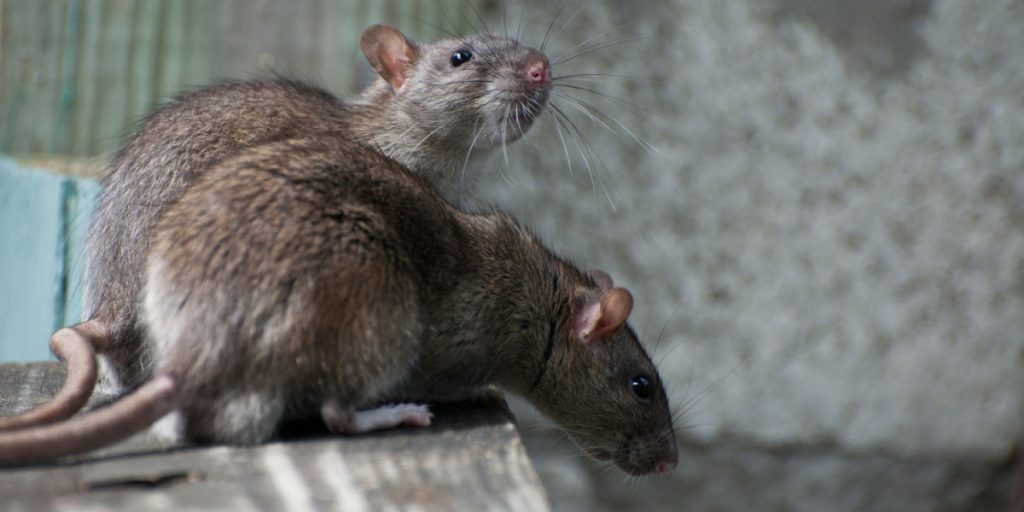Neuroscientists resolve a long-standing debate.
Others are reading now
In a pioneering study led by neuroscientists Professor Yung Wing-ho from City University of Hong Kong and Professor Ke Ya from The Chinese University of Hong Kong, a breakthrough has been achieved in understanding how animals, specifically rats, perceive numbers.
This research, published in Science Advances, not only puts an end to longstanding debates over animals’ numerical abilities but also paves the way for future explorations into human numerical disabilities like dyscalculia.
A Leap in Animal Cognitive Studies
The study introduces an innovative numerical learning task that combines brain manipulation techniques and artificial intelligence modeling. This approach was crucial in demonstrating that rats possess a discrete sense of number, separate from other continuous magnitudes such as size or duration.
Also read
“We have successfully minimized these distracting factors, allowing a clearer insight into how rats—and potentially other animals—actually understand numbers,” explained Professor Yung, the study’s co-lead.
Survival, Intelligence, and the Numeric Sense
Understanding numbers is more than an academic exercise; it’s a survival trait.
Animals with a keen number sense can better navigate their environments, from finding food to avoiding predators. For humans, numerical understanding is linked closely to cognitive abilities and intellectual development.
“This isn’t just about counting; it’s about fundamental cognitive processes that affect both animals and humans,” noted Professor Ke.
The researchers’ findings also provide a crucial animal model for studying the neural basis of numerical abilities and potential disabilities in humans. About 3% to 7% of people suffer from dyscalculia, a learning disability that impairs arithmetic learning and understanding.
In their experiments, the team found that when a specific part of the rat’s brain, the posterior parietal cortex, was blocked, the animals struggled with number recognition but not with processing magnitudes.
“This pinpointing of brain areas opens up new possibilities for neurobiological studies and could lead to targeted therapies for people with numerical learning difficulties,” said Professor Yung.
Implications for Artificial Intelligence
Beyond understanding animal and human cognition, these findings have significant implications for developing AI systems.
“The neural network models from our study could improve how AI processes numerical information, which has applications in technology and beyond,” Professor Ke added.
This study not only resolves a scientific debate but also illustrates the broader implications of understanding number sense in animals. It lays the groundwork for our understanding of cognitive processes in both the animal kingdom and human society.

